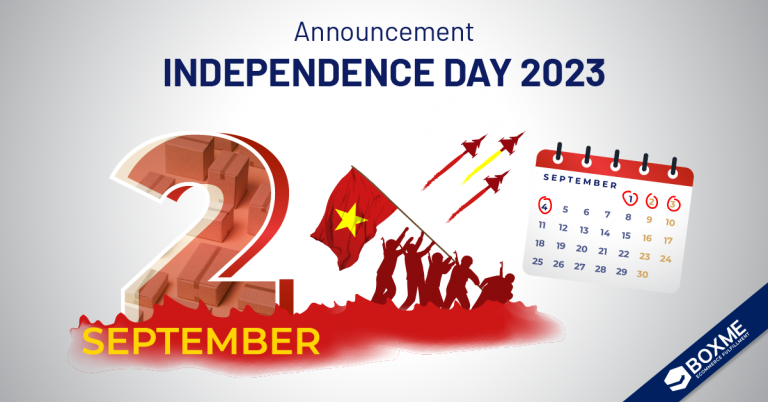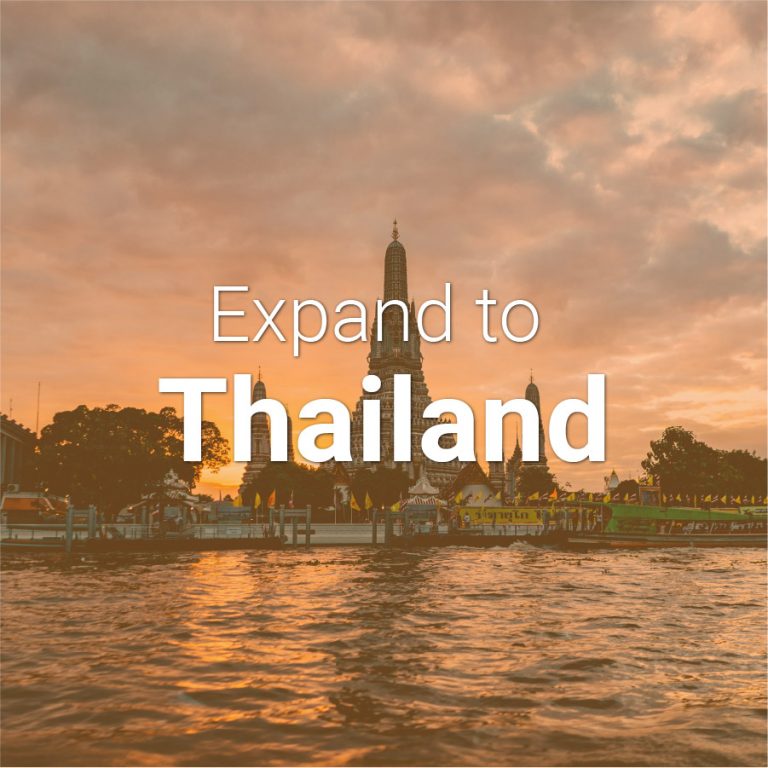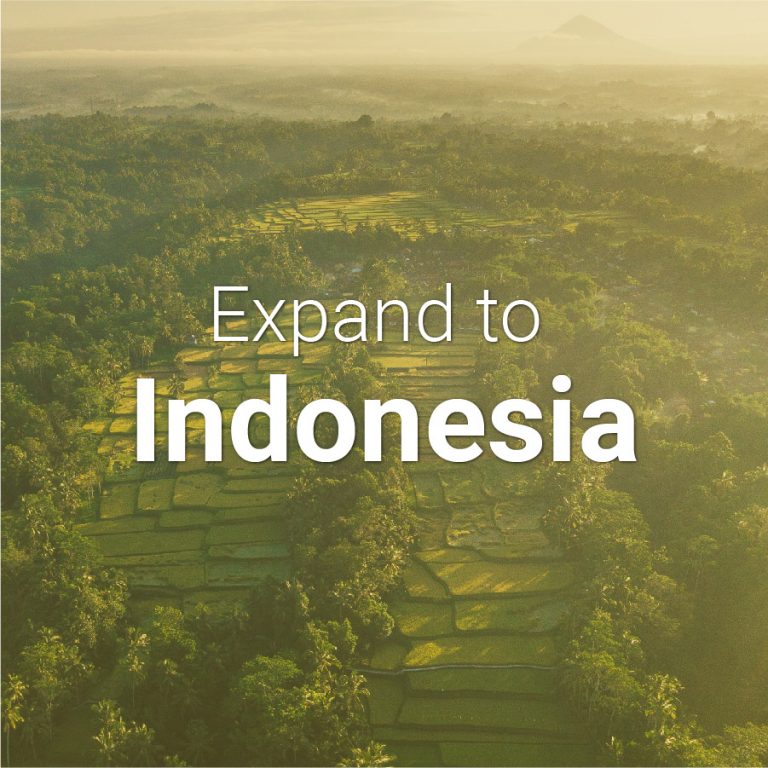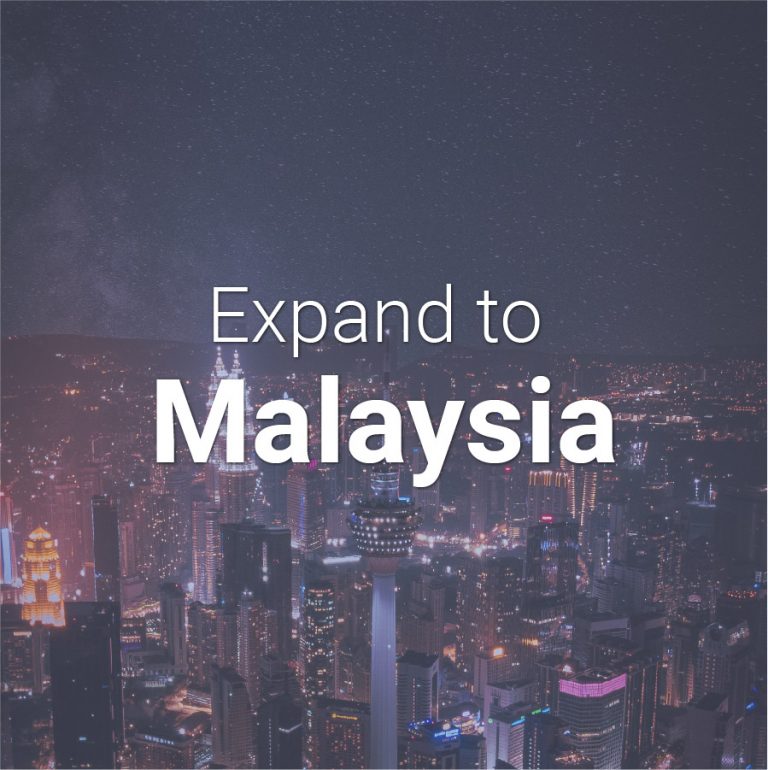Since the late ’90s, the personal luxury goods market has been developing consistently, surpassing the $US 308 billion benchmark in 2019. However, the coronavirus outbreak has affected nearly all industries in general, which resulted in a plateau in market growth for the fashion sector.
To cope with the drastic decline in sales and customers at physical stores, several fast-fashion brands like H&M, Victoria’s Secret and Zara have announced plans of closing down various outlets across the globe. Some infamous brands even had to fill for bankruptcy such as J.Crew, Aldo and Muji.
The first half of 2020 has been rough, yet an iPrice research suggests that the aftermath of the pandemic may not look as bad for the fashion/luxury retail industry – particularly in the Southeast Asia region.
By gathering Google’s impressions on luxury brands and product categories in iPrice’s platforms between two time periods January 1, 2020 – March 1 and May 1 – June 30, 2020, the research showcased a significant increase in interest from Southeast Asian customers.
Cre: The Asean Post
French luxury brands gained the most interest
Comparing figures before and during the coronavirus crisis, iPrice concludes that brands that receive the most attention are from France. 555% was the most shocking figure recorded for Louis Vuitton, while the clothing line solely increased by 1,395%. Following up is another French name – Yves Saint Laurent with an impressive growth of 306%. The interest for the brand’s shoes and perfume shot up by 931% and 392% respectively. The last brand in the top 3 is Chanel with a 274% increase in impressions, mostly focused on their skincare products (1,205%) and bags (877%).
Watches still going strong
Besides luxury clothes, Southeast Asians are also looking into the next high-class watch to purchase. Rolex recorded an increase of 160%, while the figure for fellow Swiss brand Tudor is 51%. Both brands have announced the postpone of new product releases as a result of the pandemic, but the future might not look too bleak with customers’ increasing interest.
Sportswear & luxury sneakers
To give an idea of how fast-fashion brands are doing compared to luxury brands, iPrice has included Google impressions of the two biggest names in sportswear: Nike and Adidas. Nike continued riding the hype with a 605% increase in impressions, while Adidas fell behind with 577%. It comes as no surprise that these brands are receiving attention when people are forced to stay at home and try to be physically active. As expected, luxury sneakers like Yeezy and Air Jordans also experience a surge in popularity, with 181% and 44% respectively.
Influencing factors
- The Covid-19 pandemic: Coronavirus has drastically changed how people live and shop daily. Offline stores that offer touch-and-feel experiences, an important element for luxury brands, are suddenly out of the equation. The trend of moving all campaigns to digital platforms is highly unexpectable considering the nature of selling exquisite goods. Yet, it happened due to lockdowns and limitations to outdoor activities.
The surge can also be explained as an escape way during this stressful pandemic as people are stuck at home with limited activities to do.
- The BLM effect: The #BlackLivesMatter even reached Southeast Asian countries and have certain influence over brands. A research by GlobalWebIndex pointed out that 4 in 5 consumers appreciate that brands should take action following this movement. Two luxury names Prada and Gucci received a low impressions surge (27% and 70%), as well as backlashes from their controversial designs that disregard the BLM movement.
Adapting to the new normal
According to iPrice, Southeast Asian shoppers spent USD 127.5 per person on luxury items across all E-commerce channels, from February to July of 2020. Although online sales for luxury items are lower than in-store, the situation is highly likely to change in the future as the new normal of online shopping kicks in. When brick-and-mortar stores are forced to close down one by one, companies should navigate their resources online as the demand is still there, proven by study and research.
Final thoughts
Southeast Asia’s E-commerce landscape still has plenty of potentials, and brands aren’t fully invested in their online platform as well. Digital technologies also give customers more power to determine the values of a brand, especially for the high-end section. Since luxury goods are purchases mostly for emotional satisfaction, it is essential that brands maintain a good online reputation and utilize tools to reach as many customers as possible.
–> Read more: Social Commerce: The Next Big Thing In Southeast Asia’s E-Commerce
Boxme is the premier cross-border e-Commerce fulfillment network in Southeast Asia, enabling world-wide merchants to sell online into this region without needing to establish a local presence. We deliver our services by aggregating and operating a one-stop value chain of logistic professions including: International shipping, customs clearance, warehousing, connection to local marketplaces, pick and pack, last-mile delivery, local payment collection and oversea remittance.











